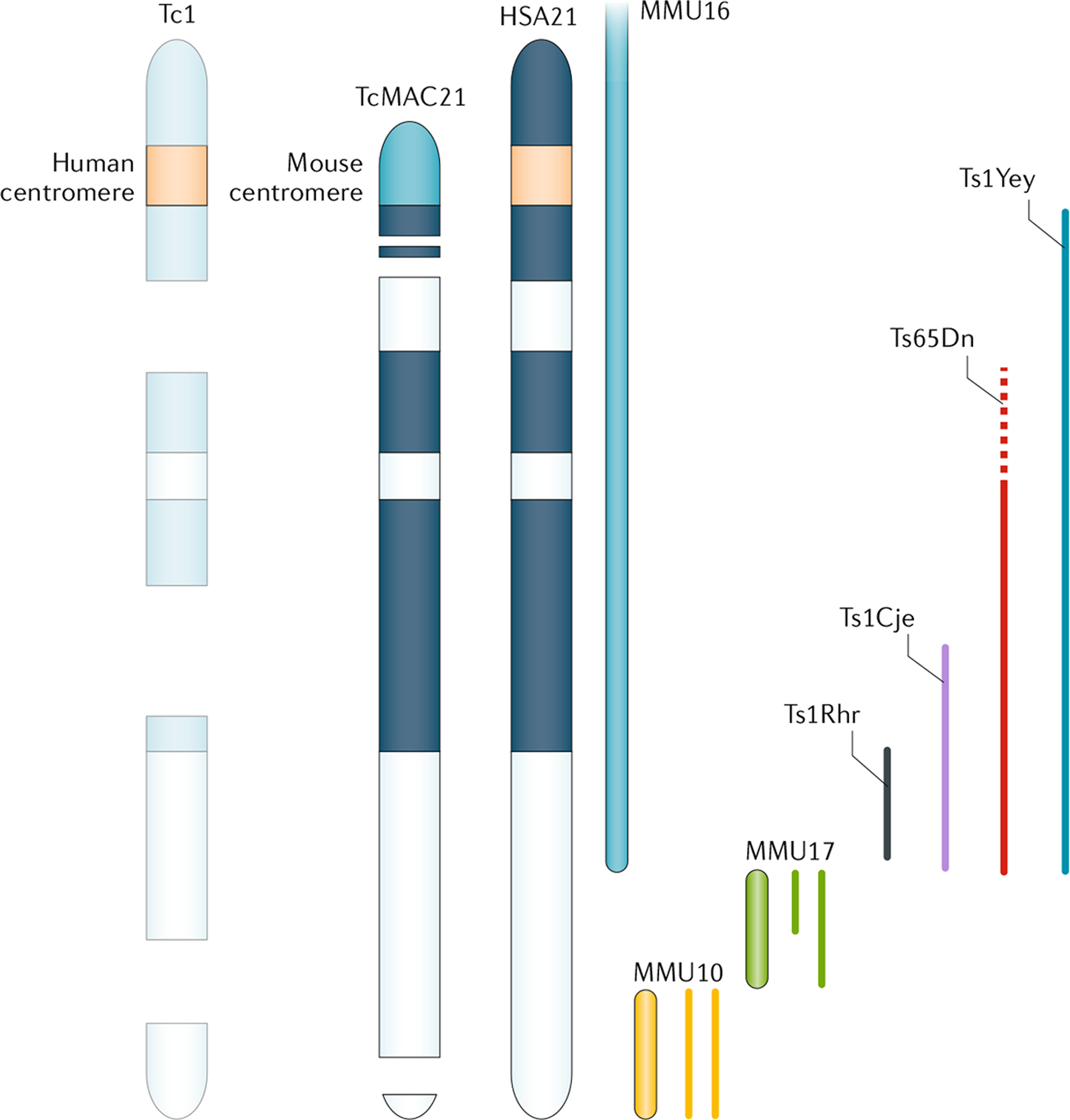Fig. 3 |. Conserved synteny of human chromosome 21 with mouse chromosomes and mouse models of trisomy 21.

Down syndrome (DS) results from the presence of a supernumerary Homo sapiens chromosome 21 (HSA21). More than 20 mouse models of DS have been created, which are designed to overexpress part of or a complete HSA21, or the orthologous mouse genomic regions7,91,246. Mouse orthologues of HSA21 genes occur on Mus musculus chromosome 16 (MMU16), MMU17 and MMU10. Tc1 mice carry a mutated HSA21 and are mosaic animals, with a mix of trisomic and euploid cells that is unique to each individual, apparently due to suboptimal function of the human centromere in mice. Ts65Dn animals contain a duplication of ~140 genes on MMU16, some of which are not orthologous to HSA21247,248 (dashed line). TcMAC21 animals contain the long arm of HSA21 (HSA21q) as a mouse artificial chromosome (that is, with a mouse centromere to ensure that the chromosome is retained in every cell); however, this artificial chromosome contains deletions that affect ~8% of HSA21q genes. All of these models except Ts65Dn are direct duplications; that is, the genes in each are trisomic but they do not contain an extra chromosome or centromere. Ts1Rhr, Ts1Cje, Ts1Yey and Ts65Dn mouse models are discussed in the text.
